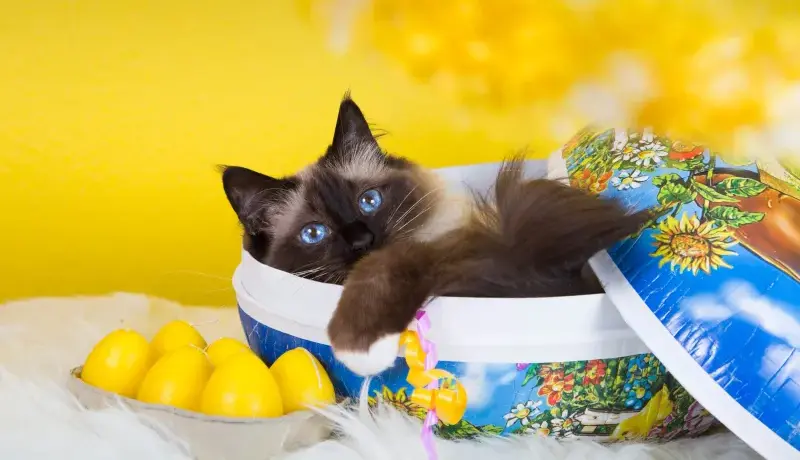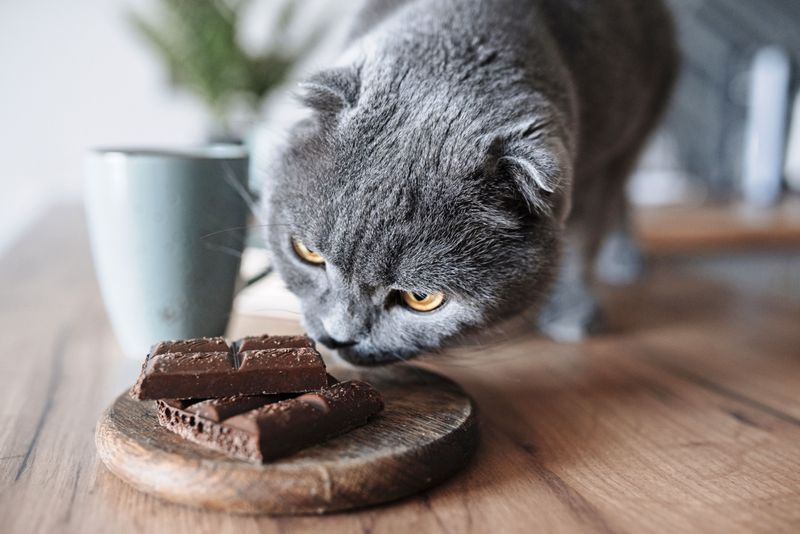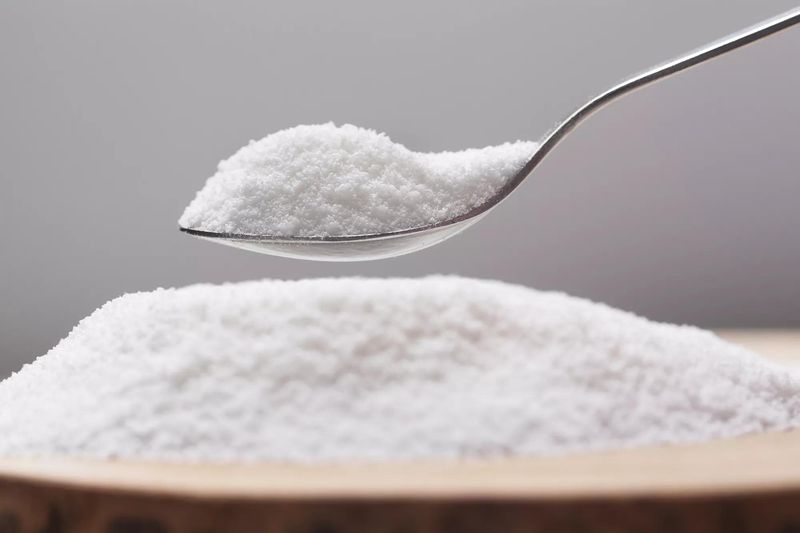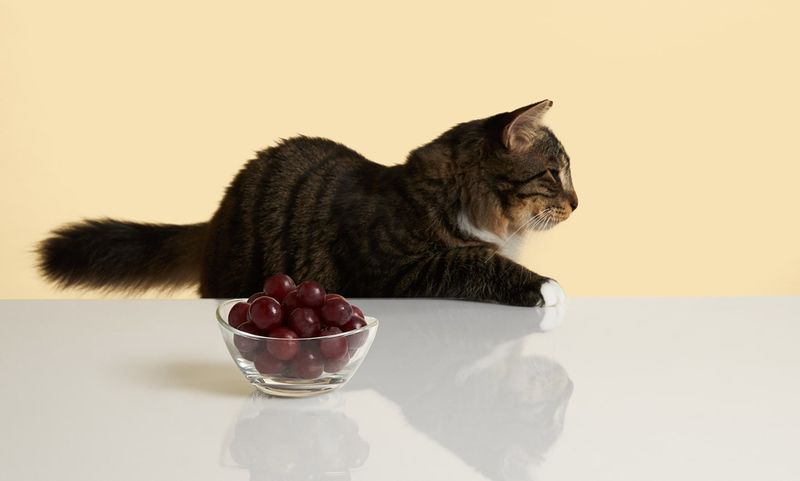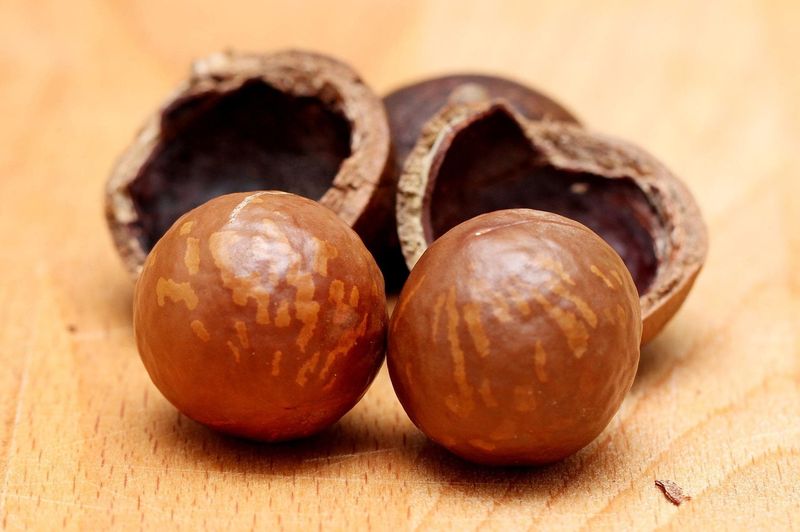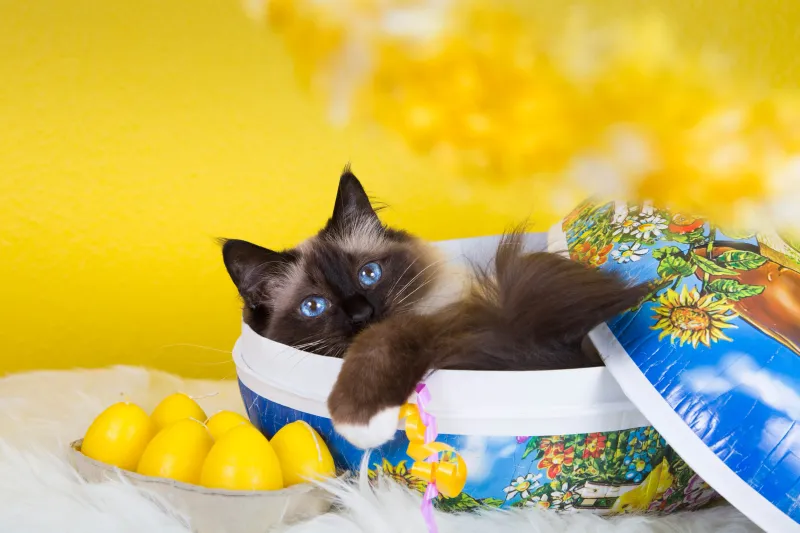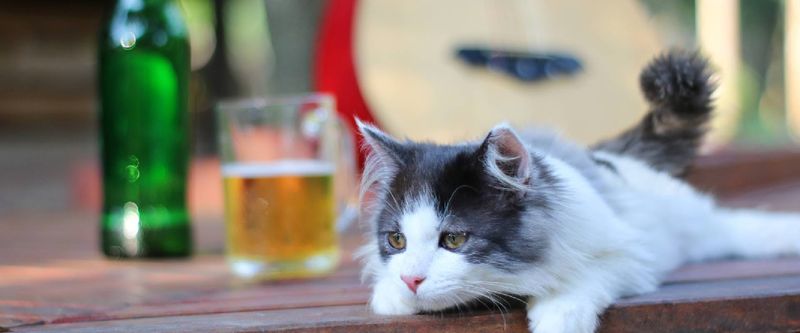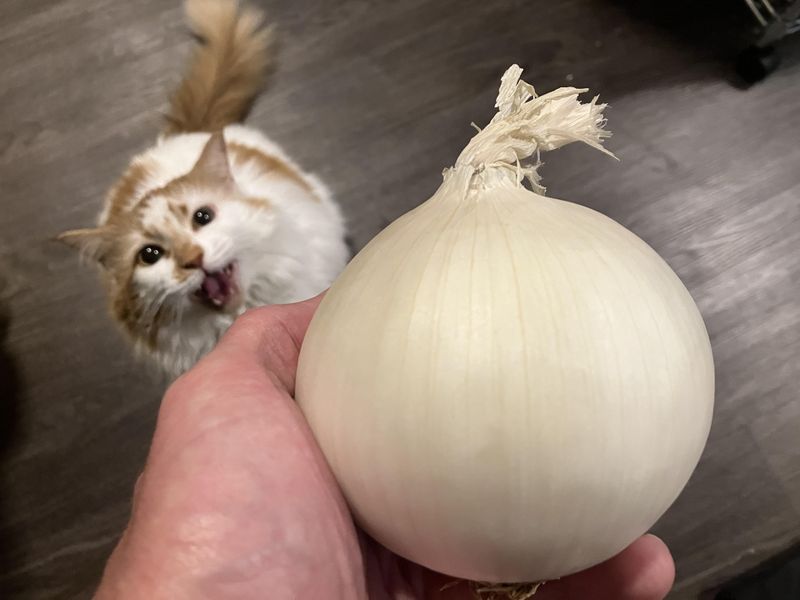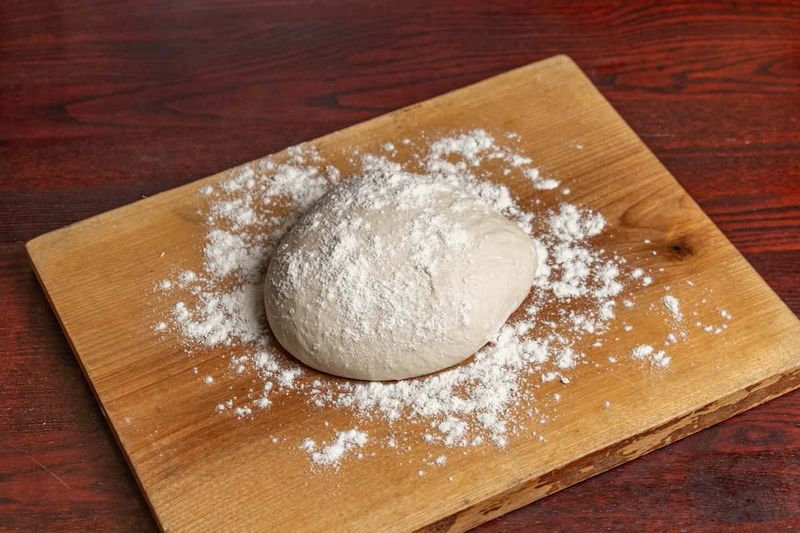📖 Table of Content:
Easter is a time for family gatherings, festive treats, and colorful decorations, but while we enjoy the celebrations, our pets may be at risk from hidden dangers. Many traditional Easter foods, candies, and decorations contain substances that are highly toxic to both dogs and cats. From chocolate eggs and sugar-free sweets to toxic flowers and small plastic decorations, there are several hazards that can lead to serious illness—or even life-threatening emergencies—for our feline friends. As pet owners, it’s crucial to recognize these dangers and take proactive steps to keep our pets safe.
Even well-intentioned guests or children may unknowingly share a harmful treat with a pet, or a curious animal might sneak a bite of something toxic when no one is watching. Many common Easter foods contain ingredients like chocolate, xylitol, or raisins, which can cause severe poisoning in pets. In addition, festive decorations like plastic Easter grass and small toys can lead to choking or dangerous intestinal blockages. Even some beautiful spring flowers, such as Easter lilies, pose a lethal risk.
To ensure a safe and enjoyable Easter celebration, it’s important to be aware of these common toxins and take preventive measures. Keeping harmful foods and decorations out of reach, supervising pets during gatherings, and providing them with safe alternatives can make all the difference. In this guide, we’ll highlight 10 Easter toxins that pet owners should watch out for and offer tips on how to prevent accidental ingestion.
1. Chocolate
Indulging in chocolate is a favorite Easter tradition for many, but for cats, even a small amount can be dangerous. Theobromine and caffeine, both found in chocolate, can cause vomiting, diarrhea, rapid breathing, and even seizures in felines. Dark chocolate and baking chocolate are particularly toxic due to their high theobromine content. Unlike dogs, cats are less likely to seek out chocolate, but they can still ingest it if left unattended on tables or counters. Symptoms of chocolate poisoning can appear within hours and escalate quickly, leading to heart arrhythmias and tremors. Affected cats require immediate veterinary attention, as there is no antidote for chocolate toxicity. Keeping all chocolate treats securely stored away from curious paws is essential for a safe Easter celebration.
2. Xylitol (Artificial Sweetener)
Xylitol, a common sugar substitute in sugar-free candies and gum, is incredibly toxic to pets, including cats. While xylitol is known to cause severe hypoglycemia and liver failure in dogs, its effects on cats are still being studied, though potential risks remain. Many sugar-free Easter treats, including jelly beans, mints, and baked goods, contain this harmful ingredient. Unlike natural sugars, xylitol can cause a dangerous drop in blood sugar, leading to lethargy, vomiting, and seizures in felines. Even a small amount may be enough to trigger adverse effects, making it imperative to keep all sugar-free products well out of reach. Symptoms may develop rapidly, and treatment often requires hospitalization to stabilize blood sugar levels. To prevent accidental poisoning, pet owners should ensure that xylitol-containing products are securely stored away.
3. Easter Lilies
Bright and beautiful, Easter lilies are a staple of springtime decorations, but they are one of the most deadly toxins for cats. Even minimal exposure, such as licking pollen off fur or nibbling on a petal, can cause acute kidney failure in felines. Within hours of ingestion, symptoms such as vomiting, lethargy, and decreased appetite may appear, progressing to severe dehydration and kidney shutdown if left untreated. Unlike some other toxins, every part of the lily plant, including the leaves, petals, and even the water in the vase, is highly toxic. Immediate veterinary intervention is crucial, as early treatment can sometimes prevent irreversible kidney damage. Without prompt care, lily toxicity can become fatal within a matter of days. The safest approach is to keep all lilies completely out of the home if you have a cat.
4. Plastic Easter Grass
Decorative plastic Easter grass may look harmless, but it poses a serious risk if a cat decides to chew or swallow it. Unlike food, plastic strands cannot be properly digested and may become tangled in the intestines, leading to a life-threatening blockage. Cats are especially drawn to string-like materials due to their playful nature, making Easter grass a tempting yet dangerous item. Symptoms of ingestion include vomiting, loss of appetite, and difficulty defecating, which may indicate an obstruction. In severe cases, surgical intervention is required to remove the blockage before it causes fatal complications. Instead of using plastic Easter grass, pet owners should opt for safer alternatives like shredded paper. By keeping these decorative materials away, cat owners can prevent a potentially devastating emergency.
5. Grapes and Raisins
Seemingly harmless, grapes and raisins are highly toxic to cats and can lead to sudden kidney failure. Although most documented cases involve dogs, feline ingestion of even a small amount has been linked to severe reactions. Easter baked goods and fruit baskets often contain these dangerous ingredients, making them a hidden hazard. Symptoms of poisoning may not appear immediately but can include vomiting, lethargy, and loss of appetite within hours. Without prompt veterinary care, kidney function can deteriorate rapidly, leading to long-term damage or even death. Since the exact toxic mechanism is still unknown, there is no safe amount for cats to consume. To keep your feline safe, avoid leaving any grape- or raisin-containing foods within their reach.
6. Macadamia Nuts
Hidden in Easter cookies and chocolate-covered treats, macadamia nuts pose a significant risk to cats. While primarily known for causing toxicity in dogs, macadamia nuts may also lead to digestive upset and neurological symptoms in felines. Ingesting even a small amount can cause vomiting, lethargy, and muscle tremors. The high-fat content in these nuts can also trigger pancreatitis, a painful and potentially dangerous condition. Cats are often attracted to the rich, buttery scent of nuts, making it crucial to store them securely. Since there is no specific antidote, treatment focuses on supportive care and symptom management. By avoiding macadamia nut-containing treats, pet owners can eliminate a potential Easter hazard.
7. Foil Wrappers & Small Toys
Although foil-wrapped chocolates and small Easter toys may not be toxic, they can still pose a serious choking and intestinal blockage risk. Cats are naturally playful and may bat around or chew on small items, potentially swallowing them in the process. Sharp foil edges can cause irritation or damage to the digestive tract, while non-digestible toys may lead to dangerous obstructions. Symptoms of ingestion include vomiting, lack of appetite, and abdominal pain, which should be addressed immediately. In some cases, surgery is required to remove the obstruction before it causes life-threatening complications. To prevent accidents, keep all small Easter decorations and candy wrappers safely out of your cat’s reach. Simple precautions can help ensure a fun and safe holiday for everyone.
8. Alcohol
Many Easter celebrations include festive drinks, but alcohol is highly toxic to cats, even in small amounts. Unlike humans, cats have a much lower tolerance for alcohol, and ingestion can quickly lead to dangerous effects such as confusion, vomiting, tremors, and respiratory depression. Easter treats like rum-soaked cakes or alcohol-infused chocolates can pose an unexpected risk if a cat sneaks a bite. Since alcohol is rapidly absorbed into the bloodstream, immediate veterinary care is essential to prevent severe poisoning. Ingesting a high enough dose can result in organ failure or even death. The safest way to protect cats is to keep all alcoholic beverages and desserts far out of reach.
9. Onions and Garlic
Commonly used in Easter dishes, onions and garlic can be toxic to cats, even in small amounts. These ingredients contain compounds that can damage red blood cells, leading to anemia and serious health complications. Unlike some toxins that cause immediate symptoms, the effects of onion and garlic poisoning may take several days to become evident. Weakness, pale gums, and a lack of appetite are early warning signs that should not be ignored. Garlic is particularly potent and can be even more dangerous than onions in small doses. Since cats are more sensitive than dogs, they should never be allowed to eat any food seasoned with these ingredients. The best prevention is to ensure that all table scraps and leftovers are safely stored away.
10. Uncooked Dough
Rising yeast dough is an overlooked but serious Easter hazard for cats. When ingested, the warm environment of the stomach causes the dough to expand, leading to bloating and painful distension. As the yeast ferments, it also produces alcohol, which can result in toxic effects similar to alcohol poisoning. Affected cats may experience vomiting, disorientation, and difficulty breathing, requiring immediate veterinary intervention. Even small amounts of raw dough can pose a significant risk, making it essential to keep baking ingredients secured. Since cats are naturally curious and may be drawn to the smell of yeast, it’s best to avoid leaving dough unattended. Fully baked bread is safer but should still be given in moderation.
